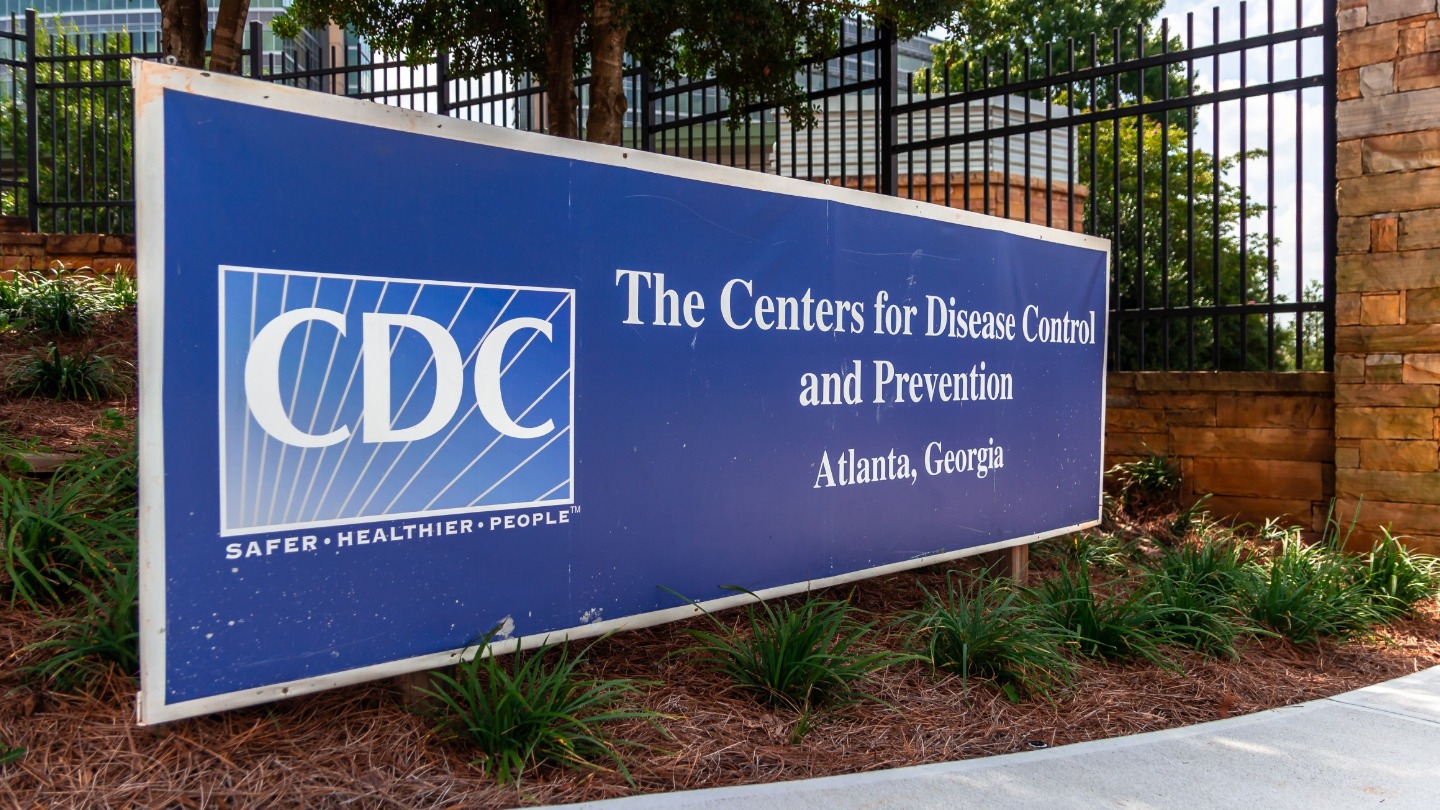Earlier this week, the CDC recommended new quarantine guidelines for those who test positive for asymptomatic COVID or those who are exposed to someone with COVID. This new guidance came as the Omicron variant spreads quickly through communities, leaving some scratching their heads. The director of the CDC sat down for an interview with NPR to explain these new guidelines, and we learned that we might not even have a complete picture of how quickly Omicron is spreading because of a lack of testing.
Image: Matt Bannister/Shutterstock
That’s a fairly big deal because, with the testing capacity we have, the US is already seeing the 7-day average for new COVID cases surpass 200,000 per day. In an interview for All Things Considered, NPR’s Ari Shapiro asked CDC director Rochelle Walensky if the shortage of tests in the US could mean that the actual number of new cases is being underreported.
“I think that we are not adequately capturing all of the positive antigen tests and not everybody who tests by antigen,” Walensky said. “So this is probably an undercount of where we are, yes.” Earlier in the interview, Walensky noted that it isn’t just the United States facing a testing shortage, but rather the whole world. We have holiday travel – which caused a spike in testing – and the fast-spreading Omicron variant to thank for that shortage, as demand for tests has spiked recently.
Hopefully, things will get better on the testing front once we’re into the new year. Shortly before Christmas, the Biden administration expanded plans for free, at-home testing, saying that the government would begin offering a total of 500 million at-home tests for free next month. Americans will be able to request rapid tests through a website that will go live in January, allowing them to test for COVID without going to a dedicated testing location.
In addition to that massive expansion to Biden’s at-home testing plan, the administration also says that it will begin opening new federal testing locations in states where COVID-19 cases are spiking. Together, these two initiatives should help get us closer to satisfying the demand for testing, but there’s always the question of whether it’ll be enough.
insta_photos/Shutterstock
As you might expect, the topic of vaccinations and boosters also came up during this discussion, with Walensky saying that public health and medical experts should focus their efforts on talking to people with concerns about the vaccines and answering their questions. “You know, not every parent wants to have all the data [thown] at them,” Walensky said. “They want to sort of give you their concerns and then have you speak to their concerns, and that’s the hard work we’re doing every single day.”
Walensky also touched the data coming out of South Africa, which suggests that perhaps the spike from Omicron cases will be short-lived with mild cases across the board. She said that we need to be “cautious” in looking at what happened in South Africa and expecting something similar in the United States, but added, “That said, much of what we’re hearing about are mild cases, and that’s heartening. But what I would also say is that if people are not vaccinated and boosted, you know, we really can’t predict how this is going to go, and the hospitalizations are really focused on, you know, people who haven’t been vaccinated yet.”
Elsewhere in the interview, Walensky explained the rationale behind the CDC’s recent guidance changes. When asked what prompted the CDC to change its mind regarding the recommended isolation period, Walensky explained that it was a combination of factors. Walensky said that the CDC considered the fact that most people are infectious a day or two before symptoms appear and in the 2-3 days after they surface. According to Walensky, the “vast majority of transmission happens in that first five days.”
Going hand-in-hand with that, however, is the fact that recommending 10-day quarantine periods for those who are asymptomatic could disrupt “critical functions” of society, especially when we expect a high number of cases because of the Omicron variant. Walensky stressed that while the CDC strongly considers what the science says, that data can’t be applied in a vacuum, but rather it has to be applied in the context of a functioning society.
The decision to reduce isolation and quarantine guidelines has been somewhat controversial since it was announced, so it’s not a surprise to see Walensky go on All Things Considered to discuss the reasoning behind the guidance. Whether or not it will really help keep those critical components of society up and running as Omicron spreads has yet to be seen, but it’s clear that the CDC is attempting to balance the needs of the community with the desire to limit spread with these new recommendations.
Leave a Reply Cancel reply
document.addEventListener(‘DOMContentLoaded’, function () {
var commentForms = document.getElementsByClassName(‘jetpack_remote_comment’);
for (var i = 0; i < commentForms.length; i++) {
commentForms[i].allowTransparency = false;
commentForms.scrolling = 'no';
}
});
<!–
